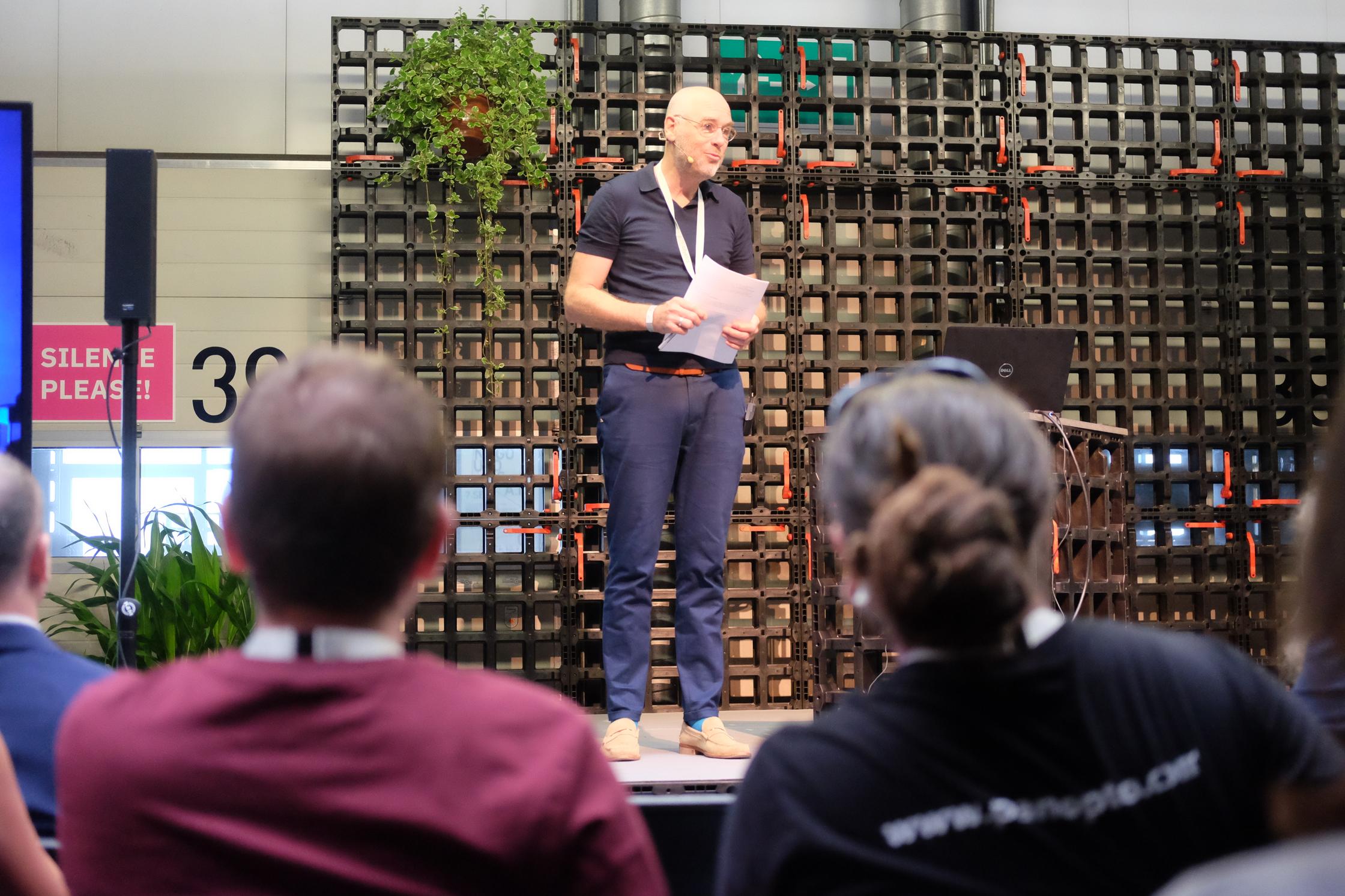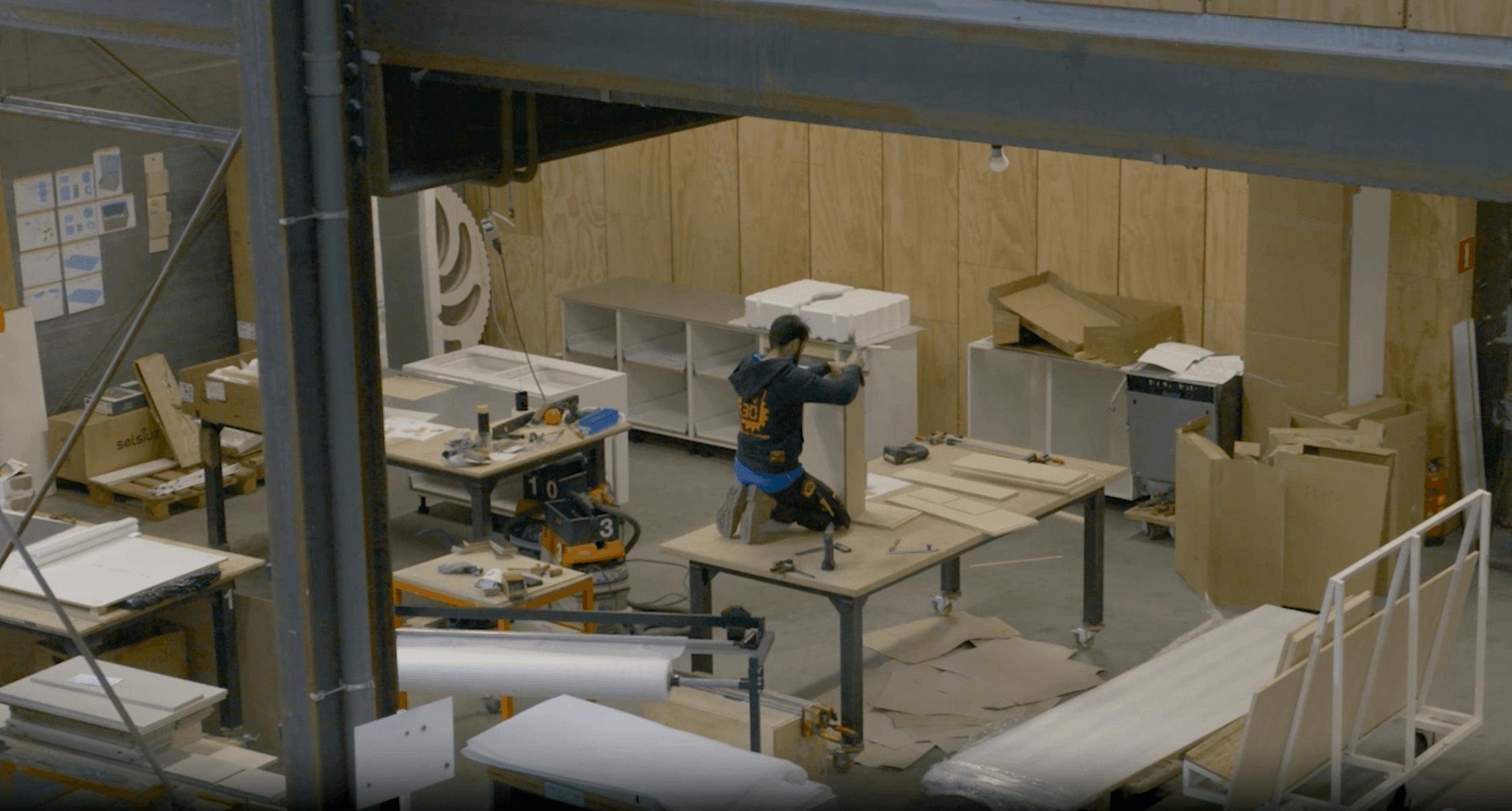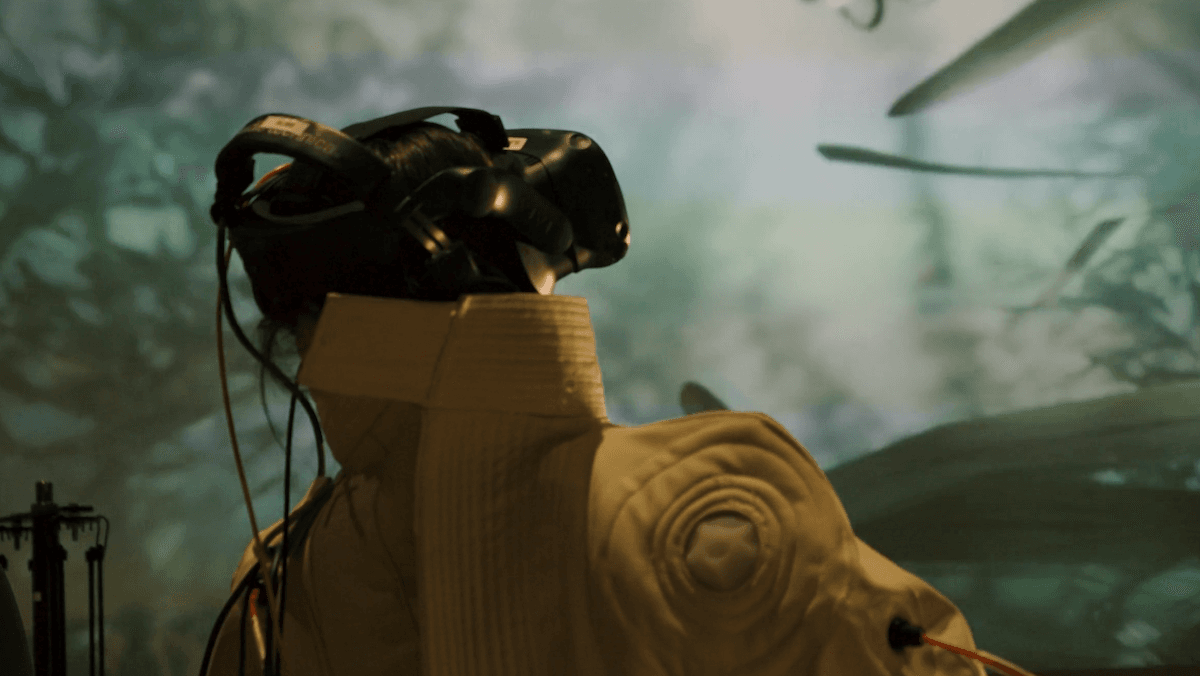Things are often being made in projects we do at Waag. But if things are finally done, who owns them? And what do have to deal with when creation of things is a result of collaboration between commercial entities and artists? Such issues were discussed in a talk called “Legal framework for S+T+ARTS Collaborations”. This was done as part of the Science + Technology + ARTS = STARTS Initiative; a European Commission program to promote synergies between art and technology to drive innovation in industry and society. The session took place at Ars Electronica 2019. I went into the program actually expecting dry legal jargon, but it was really interesting, and I even saw panda’s.
Patent Panda
Jie Qi is a designer, educator, inventor, and entrepreneur. Having run into some patent misadventures of her own, she discovered that there are not enough resources out there explaining how the patent system works for everyday inventors. So she and her co-founders started PatentPandas.org. “Patent law is usually not that interesting, but maybe if I’ll throw some pandas at it, it will be less bad”. Read her story about a crowdfunding-backer patenting her product. Even when she thought she had it all covered with a Creative Commons license, something happened.

Experience from the corporate field
Domhnaill Hernon (IE) works together with artists all the time at Experiments in Arts and Technology (E.A.T.) at Nokia BellLabs. He has to be clear about copyright and patents. But despite such clarity, issues cannot always be avoided. “I thank legal trajectories regarding IP for every grey hair on my head”.
Hernon explains how making a one-off artwork is often protected by copyright. Copyright is intended to protect the original expression of an idea in the form of a creative work. These original expressions are what Hernon uses as an inspiration to enrich and inspire product development in his organisation, but the copyright stays with the artist.
However, as an artist expression starts looking more like a consumer product with production in high numbers, things may start getting more complicated. In such a case, protection by patent is a better option. But the so called ‘bottom line’ of the company obviously does not allow for Hernon to support product development when appropriation and exploitation are mostly with another party. “When an artist is interested in creating a product as an artwork, and wants to keep the patent him/her self, collaborations with us becomes less likely” says Hernon.
A newly discovered technique, like a new technique for dyeing textile, can also be protected. However, Hernon advised to take the idea of “Market readiness level” into consideration when determining the value of such a patent. “Taking a newly developed technique or prototype from the lab setting (low market readiness) to the market (high product readiness) often needs many times the investment that has gone into developing the initial concept”, says Hernon.
Final thoughts from Waag
Finally, Lucas from Waag talked about practical experiences of artists regarding copyright and patents. This led to a discussion about what actually happens when artists patent their work. The act of patenting or protecting a work also has consequences for the work itself. Patenting or other actions towards securing ownership is therefore not solely a legal, but also an artistic decision.
Ownership, intellectual property, patenting and copyright, can be intimidating things to talk about in a collaboration, but make sure to talk about it early in any process of cooperation. It might even present possibilities for adding artistic value. And oh yeah, throw some pandas at it!
Do you have questions or suggestions, send Jurre an email.


